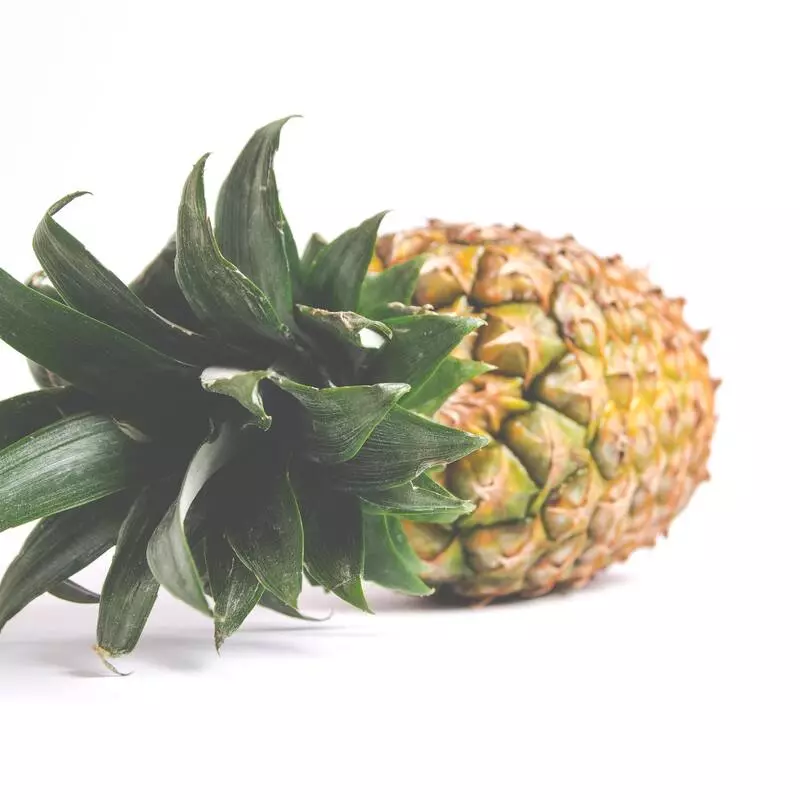Every June 27, pineapple enthusiasts celebrate this remarkable fruit, one with a history that spans from tropical forests to fine dining tables. International Pineapple Day is more than a day for pineapple desserts: it’s an annual moment to explore the plant’s origins, its journey across oceans, and the many ways it continues to sweeten lives.
This global celebration pays homage to the pineapple's eventful journey across continents and its iconic status as a symbol of hospitality and warmth. From its origins in South America and the Caribbean to its widespread popularity worldwide, the pineapple has captured hearts and taste buds alike. This fruit not only tantalizes us with its tangy-sweet flavor but also offers a myriad of health benefits and even more.
The Pineapple Plant History - From Bromeliad to Berry
The story of pineapple cultivation is one that chronicles a fascinating journey spanning centuries and continents.
Scientifically known as Ananas comosus, pineapple is believed to have originated in South America, specifically in the region that includes modern-day Paraguay, Brazil, and Argentina. Indigenous people in these areas were the first to cultivate and consume pineapples, appreciating their unique taste and medicinal properties.
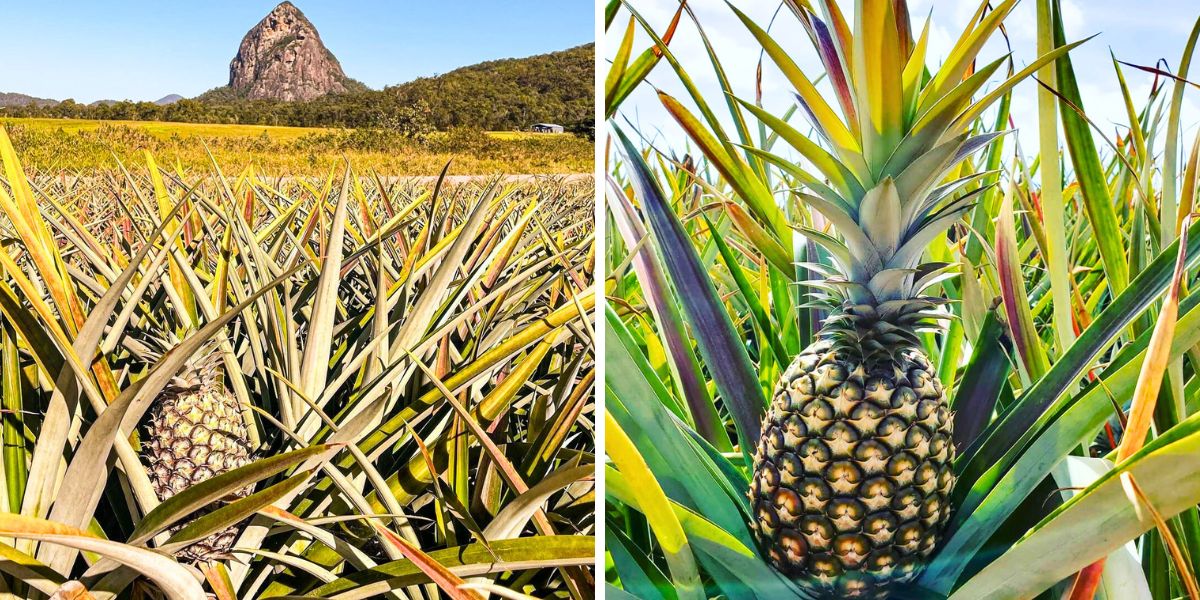
Other accounts indicate that the earliest written references to pineapple are by early explorers and historians, such as Christopher Columbus, Captain John Smith, Gonzalo Fernández de Oviedo y Valdés, Sir Hans Sloane, and Sir Walter Raleigh, who found pineapple growing in regions around the West Indies, where it was used for food and winemaking.
Columbus himself is said to have tasted the fruit during one of his expeditions and brought it back to Europe, where it quickly became a sensation among the elite. The pineapple's rarity and exotic nature made it a symbol of wealth and hospitality.
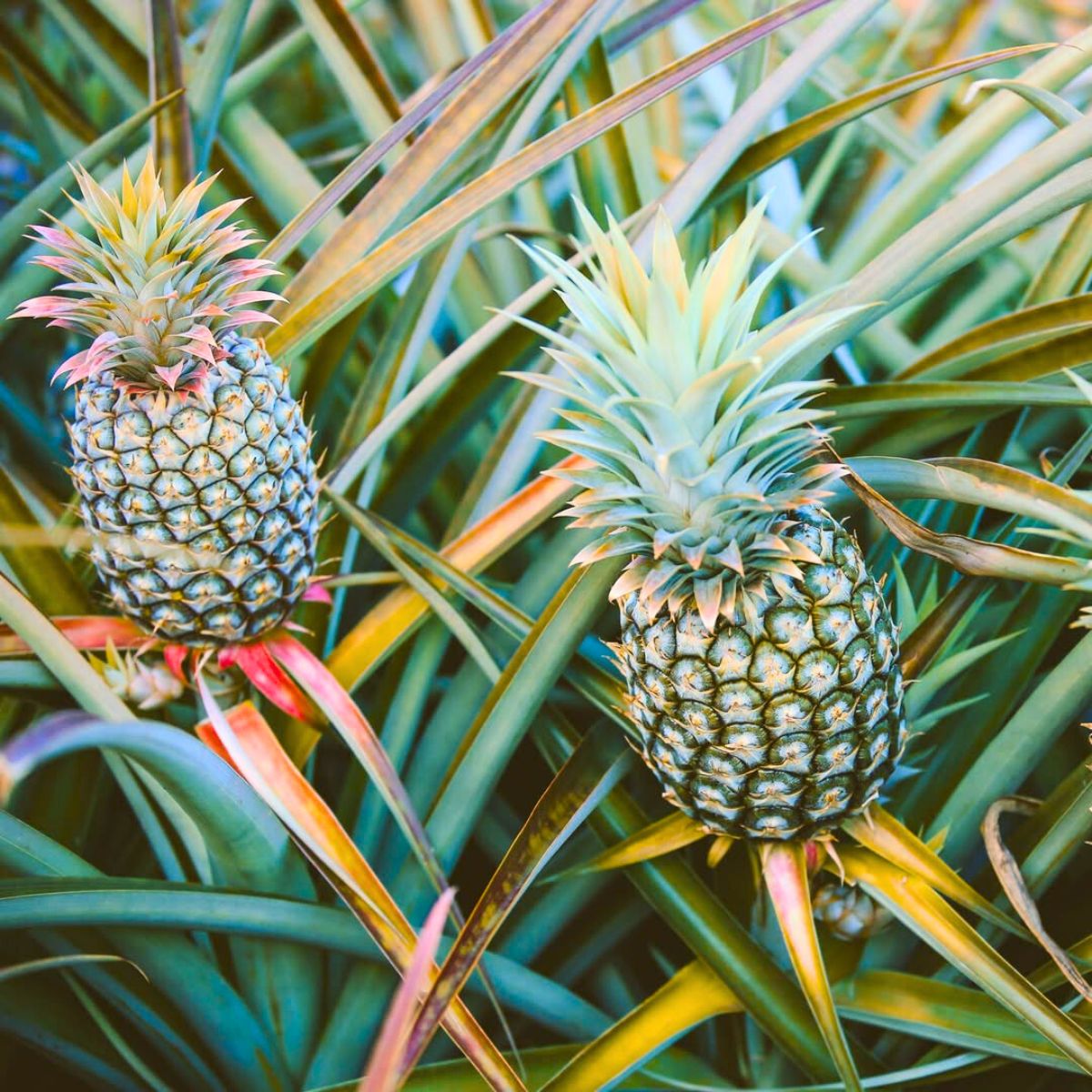
However, growing pineapples in Europe proved to be a challenge due to the fruit's need for warm and tropical conditions. European gardeners attempted to cultivate pineapples in hothouses, using various techniques to create the ideal environment for these delicate plants. Despite their efforts, it wasn't until the development of advanced horticultural practices and the invention of greenhouses in the 18th century that pineapples could be successfully grown in Europe on a larger scale. Read more in the article 'The Stunning Display of the Pineapple Plant'.
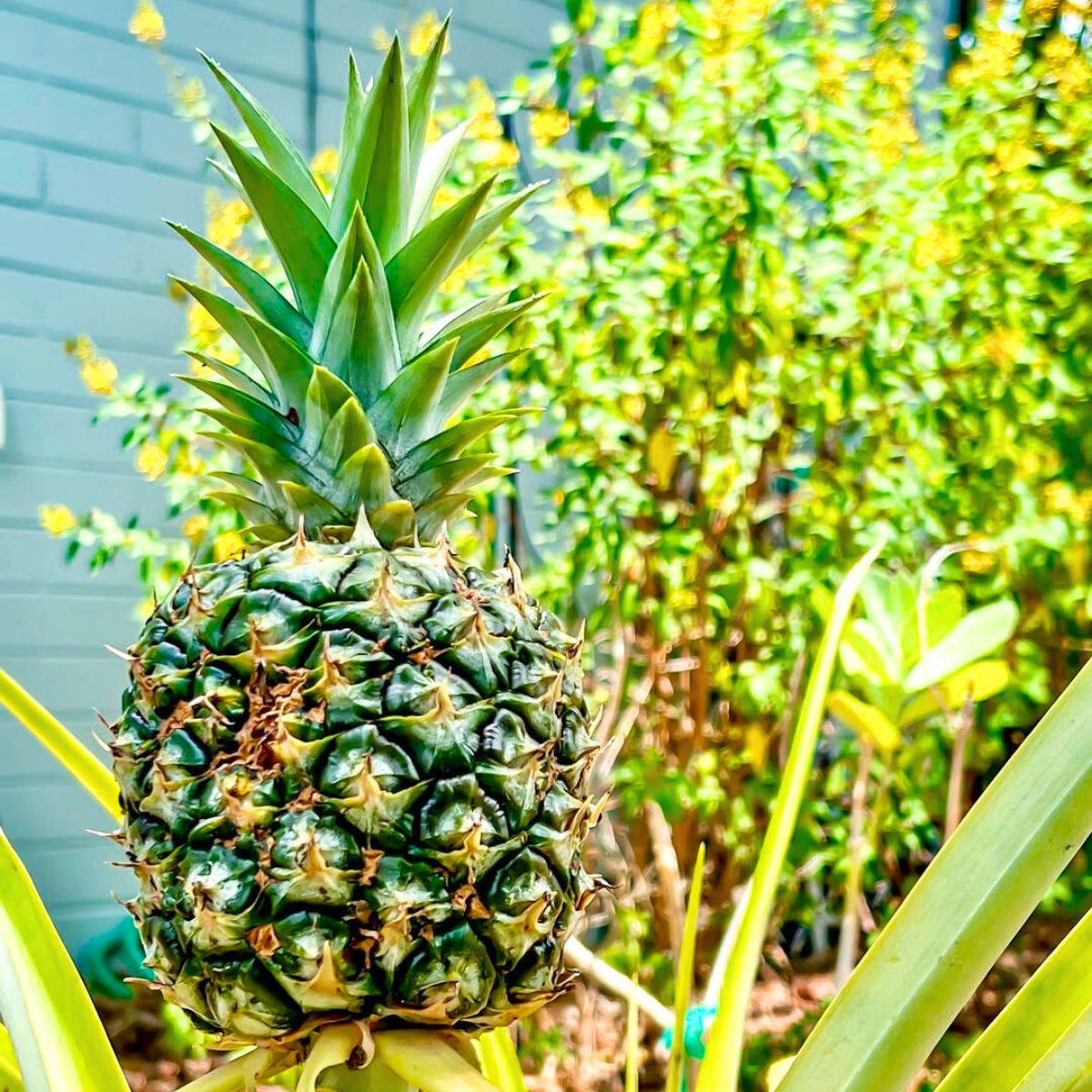
Pineapple Cultivation Is a Thriving Industry in Many Tropical Regions
Meanwhile, in the Americas, pineapple production expanded with the establishment of plantations in regions such as Hawaii, the Philippines, and other tropical areas. These plantations utilized the favorable climate and fertile soil to cultivate pineapples on a commercial level, meeting the growing demand for this tropical delight.
In the 20th century, advancements in transportation and refrigeration allowed pineapples to be shipped globally, making them more accessible to people around the world. The introduction of canning techniques further popularized pineapples, as they could now be enjoyed beyond their limited fresh availability.
Today, pineapple cultivation is a thriving industry in many tropical regions. Countries such as Thailand, the Philippines, Costa Rica, and Brazil are among the leading producers of pineapples, supplying markets worldwide with their luscious fruits.
The journey of pineapple cultivation shows the ingenuity and determination of farmers, botanists, and horticulturists who worked tirelessly to overcome the challenges of growing this tropical fruit in diverse climates. Their efforts have made it a beloved and ubiquitous treat, bringing a taste of the tropics to people's tables no matter where they reside.
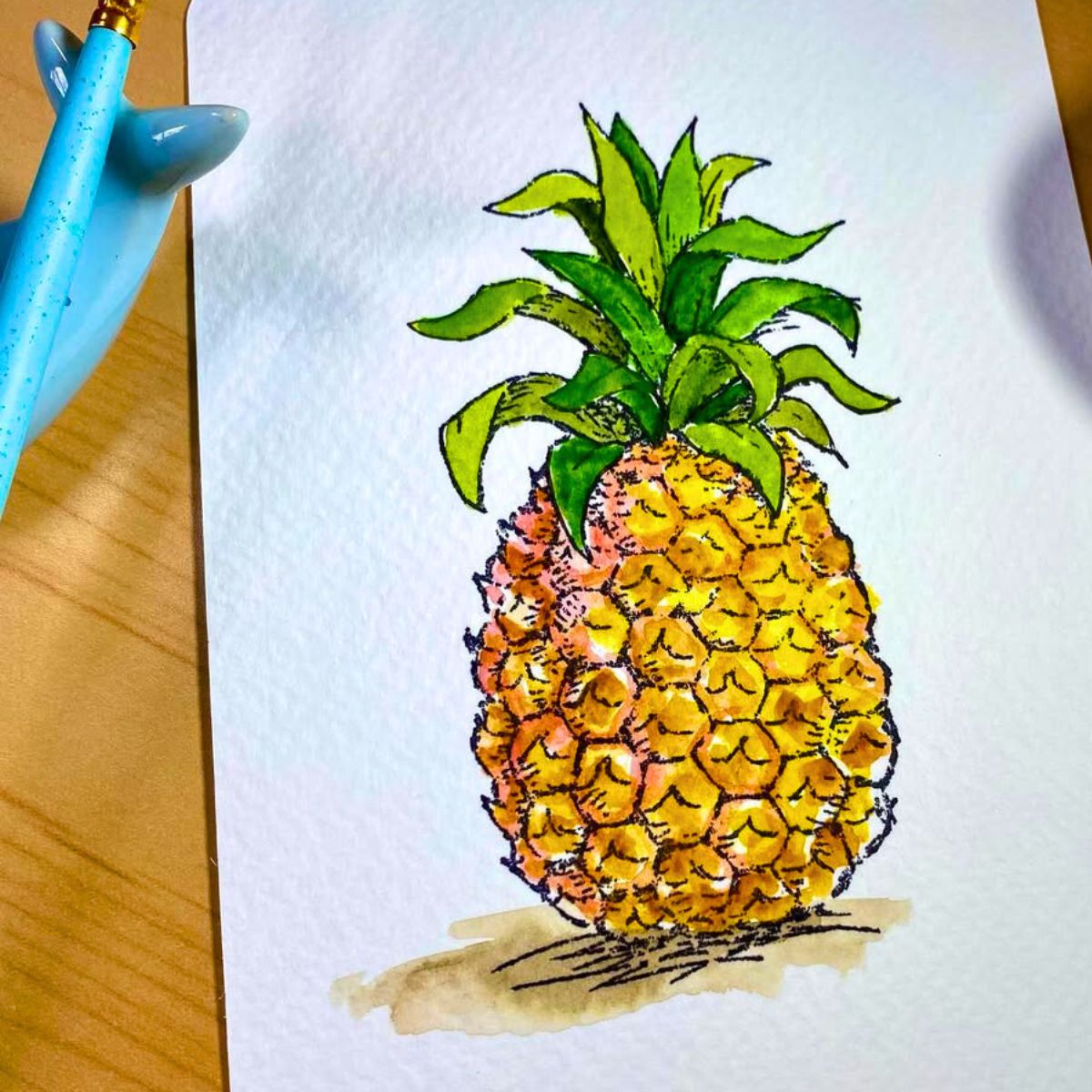
The Sweet and Spiky Symbolism of Pineapples Across Some Cultures
Beyond its tangy flavor and unique appearance, the pineapple holds history and symbolism across various cultures. Here are some of the significances in different parts of the world.

Pineapples in the Western World Are a Crown of Hospitality
In the Western world, the pineapple is commonly associated with warmth, hospitality, and abundance. During the 17th and 18th centuries, when pineapples were a rarity and a luxurious delicacy, they became a symbol of prestige and welcome.
European elites would display pineapples as a centerpiece at banquets, indicating their wealth and generosity. Pineapple motifs began to appear in architecture, furniture, and decor, signifying hospitality and a gracious reception for guests.
In Asia, They Are a Prickly Sign of Prosperity
In many Asian cultures, the pineapple symbolizes wealth, prosperity, and good fortune. Its spiky exterior is believed to ward off negative energy and protect against malevolent spirits. In Chinese culture, the pronunciation of the word 'pineapple' resembles the phrase for 'good luck coming your way', making it a popular gift during festive occasions.
Similarly, in Southeast Asia, they are often used as decorative elements during celebrations and weddings, symbolizing abundance and happiness in the household.
Pineapples in the Tropical Caribbean Are an Emblem of Friendship
In the happy and diverse Caribbean culture, it holds a special place as a symbol of friendship and warmth. Historically, when sailors returned home from their voyages, they would place a pineapple outside their homes to signify their safe return and willingness to welcome visitors.
This tradition evolved into the concept of the 'pineapple welcome', representing a friendly and open invitation for guests to enter one's abode. Today, the pineapple remains an iconic symbol in Caribbean hospitality, reminding us of the importance of friendship and open-heartedness.

They Are an Auspicious Offering in Hinduism
In Hinduism, the pineapple plays a significant role in religious rituals and offerings. Its distinct appearance, with its crown-like top and golden color, represents purity, enlightenment, and divine energy.
They are often presented as an offering to deities during ceremonies and festivals, signifying devotion and seeking blessings. In addition, the pineapple's association with Lord Ganesha, the remover of obstacles, further enhances its spiritual importance within Hindu culture.
Pineapples Are a Delightful Tropical Treasure
Pineapples are more than just a tasty treat. These golden fruits offer a host of health benefits, making them a sweet addition to any diet. With essential nutrients like vitamin C, manganese, and bromelain, pineapples can help boost the immune system, promote healthy digestion, and reduce inflammation. The combination of enzymes found in this fruit has also been known to aid in wound healing and alleviate certain respiratory conditions.
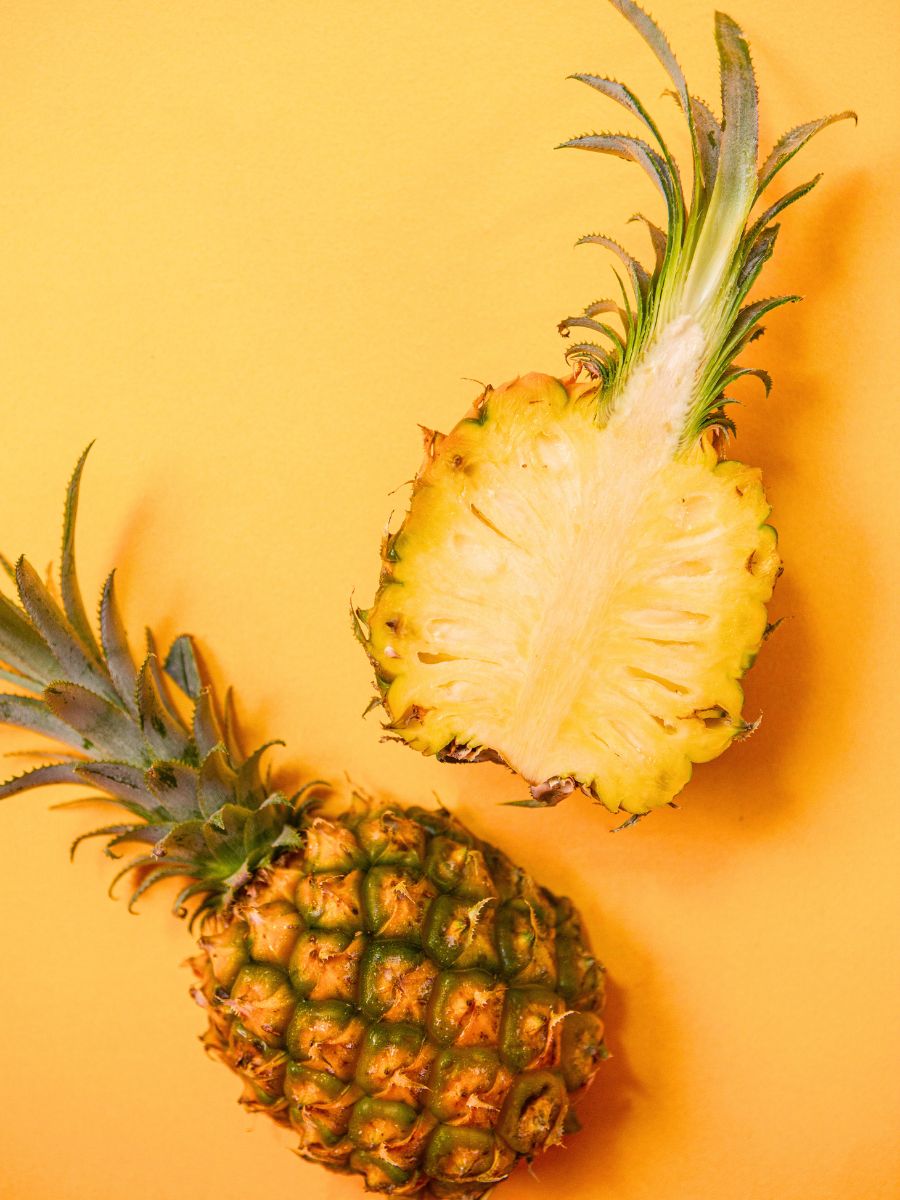
But it's not just the nutritional value that makes pineapples so special. Their yellow color and rare shape make them a favorite decorative element in floral arrangements and centerpieces. The pineapple's presence adds a touch of exotic elegance to any setting.

Read more about 'Common Types Of Bromeliads and How To Care For Them'.
Growing Pineapples - Nurturing Its Sweetness Right at Home
Ever thought about growing your own pineapples? With a bit of patience and the right techniques, it's entirely possible to cultivate these tropical treasures right in your own backyard. Here's how you can get started:
Select a pineapple variety that suits your climate and gardening conditions. Some popular choices include Smooth Cayenne, MD-2, Hawaiian Sugarloaf, African Sugarloaf, Singapore Red, Red Spanish, and Queen, among many others.
Pineapples thrive in well-draining soil, so ensure you have a mix that allows excess water to flow freely. Incorporating organic matter into the soil can also provide the necessary nutrients for healthy growth. Cut off the crown of mature pineapple fruits and remove any remaining fruit flesh.
Allow the crown to dry for a day, then plant in a pot or directly in the ground. Water sparingly and provide ample sunlight for optimal growth. Pineapples take time to grow, typically requiring 18-24 months to produce fruit, so patience is key. Regular watering and occasional fertilization can help support their growth and development.
Celebrating International Pineapple Day in Style
International Pineapple Day is a perfect opportunity to revel in the tropical spirit of pineapples. On the day, you can pick any creative ideas to celebrate this fruity extravaganza.
You can host a pineapple-themed party, in which you deck your home with pineapple decorations, prepare tropical-inspired dishes, and serve pineapple-infused drinks. Encourage guests to dress in vibrant colors and provide pineapple-shaped party favors.

You can also explore pineapple recipes. These range from juicy pineapple salsa to mouthwatering pineapple upside-down cake. There are countless culinary ideas you can create using this versatile fruit. Experiment with different recipes and savor the tropical flavors.
Visiting a pineapple plantation or garden is also an activity you can partake in. If you're lucky enough to live near a pineapple-growing region or have access to a botanical garden, plan a visit to learn more about the cultivation and history of pineapples.
PS: Did you know pineapple flowers are not only visually appealing but also attract a variety of pollinators, including hummingbirds, bees, and butterflies? If you're fortunate enough to witness the flowering stage of a pineapple plant, take a moment to appreciate the beauty of these blossoms.






